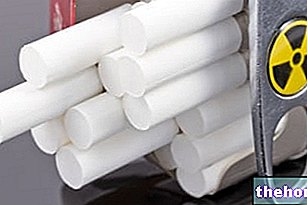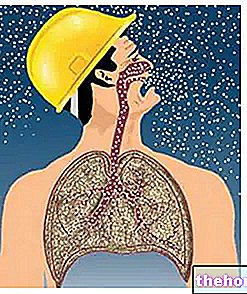Generality
Turbinate hypertrophy is a disorder characterized by chronic swelling of the respiratory mucosa that covers these formations.
The turbinates are three bony structures that are found inside both nasal cavities. These formations are covered by a respiratory mucosa, supplied by a very dense network of capillaries.
The function of the nasal turbinates is to condition the temperature and humidity of the inhaled air, as well as contributing to its filtering.

Being highly vascularized, the respiratory mucosa that lines the turbinates tends to react in response to certain factors (such as a "sudden exposure to" cold or hot and dry air, an allergic crisis, emotional stress, etc.), temporarily changing its size ; once the reactive stimulus is over, the tissues involved return to their original volume.
However, in the presence of some anomalies that negatively affect its function, the increase in the size of the nasal turbinates (hypertrophy) may become stable over time. This causes a reduction in the space available for normal nasal breathing, making it difficult.
People suffering from turbinate hypertrophy may report various symptoms, including stuffy nose with oral breathing and dry mouth, serous discharge (rhinorrhea), decreased sense of smell, nasal itching, and a tendency to snore or sleep apnea. Often , the patient with this disorder reacts to the sensation of a stuffy nose, using vasoconstrictor sprays which, in the long run, end up worsening the situation.
The major causes of turbinate hypertrophy include allergic rhinitis (seasonal or perennial) and non-specific nasal hyperactivity (vasomotor rhinopathy). Other factors that can predispose to the problem are repeated colds, use of certain medications, occupational exposure to irritating chemicals or dust, cigarette smoking, and emotional stress.
After a "careful clinical evaluation of the patient and the ascertainment of the causes of the reported disorders, it is possible to treat the hypertrophy of the inferior turbinates by reducing their size and restoring their correct functionality. Generally, the therapy to cure the milder forms of the disorder requires recourse drugs with anti-inflammatory action In the most serious cases of nasal obstruction, surgery is instead indicated to reduce the volume of hypertrophic turbinates.




























